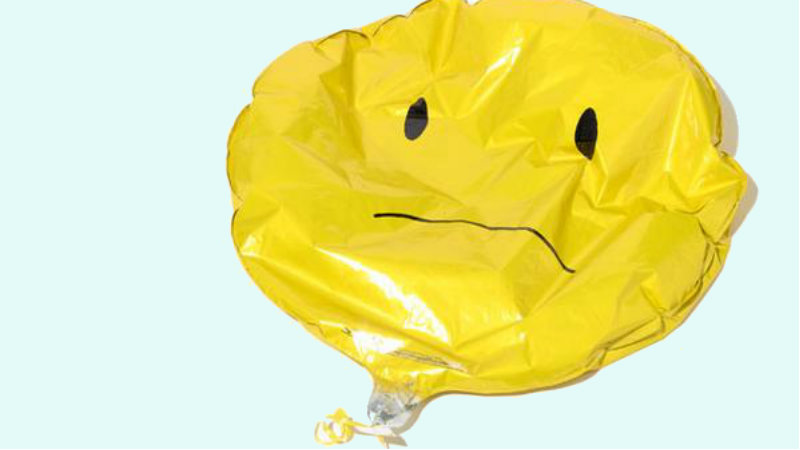Home » Commentary » Opinion » Deflation is bad

 A recent study published by the International Monetary Fund has sparked fears about Australia being placed in the same category as deflation-wracked Japan.
A recent study published by the International Monetary Fund has sparked fears about Australia being placed in the same category as deflation-wracked Japan.
For starters, Australia is not facing at present an imminent danger of deflation — as a closer, less sensationalist look at the IMF report indicates. At 1.7%, the current inflation rate still has a long way to go in order to pose the same risks that downward-spiralling prices have done to other parts of the developed world, including the ailing Eurozone area and Japan.
But even if such an unlikely event of falling prices does materialise in Australia, wouldn’t that be a good thing? After all, if inflation is bad, wouldn’t the opposite be good?
Put simply, a persistent deflation (i.e. negative inflation) trend can have devastating effects in the economy. The difficulty in accepting deflation as a bad outcome is mainly because falling prices sound like a siren song to consumers. Yet, its effect on consumer behaviour (such as consumption postponing and reluctance to take on new debts) is detrimental to the overall economy.
When general prices recede, it precipitates a damaging and stubborn dynamic. First, consumers tend to put off spending in anticipation of further decreases in prices — a self-fulfilling expectation that hurts sales and job creation. As prices and sales go down, and nominal wages (aka pay packets) are more reluctant to follow, it puts greater pressure on firms’ balance sheets, harming profits and incentives to trade.
Another damaging effect regards deflation-adjusted debt, which becomes harder to serve. That is, companies have to sell more goods to service the same level of liabilities; and in addition, consumers have to forgo more goods consumption to save for their financial obligations. Overall, the likely corollary is lower demand for investments and consumer debt, ultimately compromising economic growth. Furthermore, decreasing prices also put a toll on the effectiveness of monetary policy — namely the ability of a central bank to spur economic activity by lowering interest rates. Until recently, most economists believed in the zero-lower bound, but practice has shown the opposite with negative rates emerging around the world. Nonetheless, data also suggests that even then, negative rates are a rather weak tool to spark entrepreneurial animal spirits. The result is a liquidity trap relying on the already compromised fiscal spending ammunition to prop the economy.
To finish on a positive note, the best strategy for Australia (and the world) to cope with deflation is to promote productivity-enhancing reforms. As such, we can hope for the best knowing that we are prepared for the worst.
Patrick Carvalho is a Research Fellow at the Centre for Independent Studies
Deflation is bad